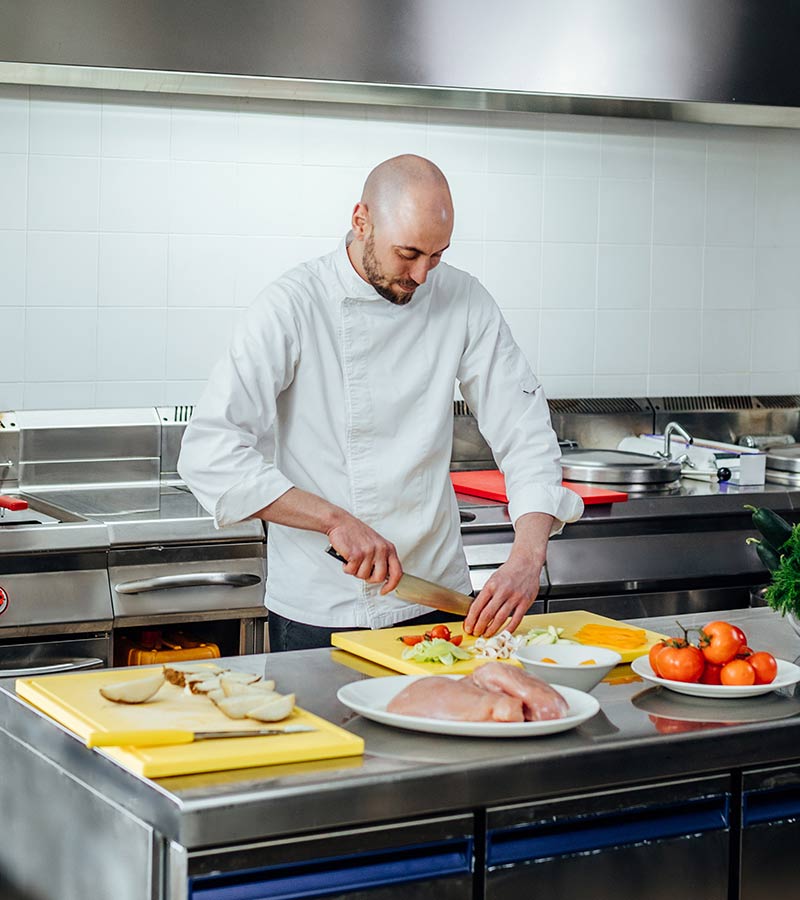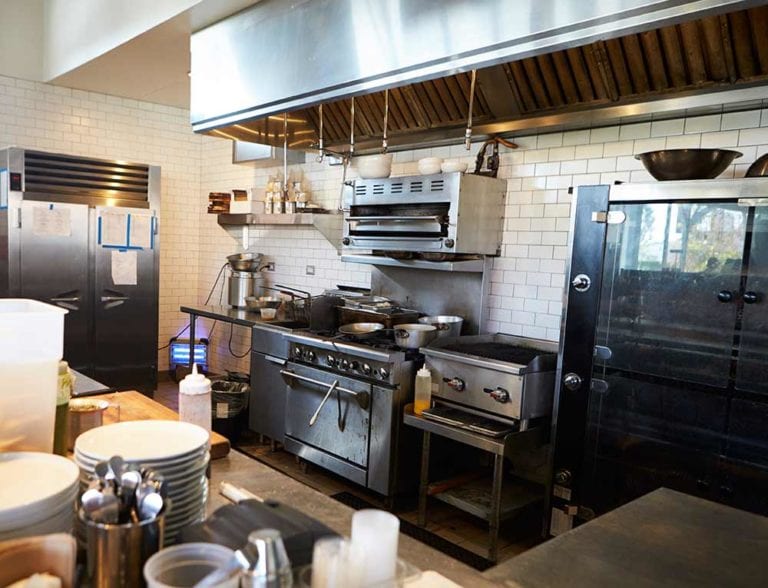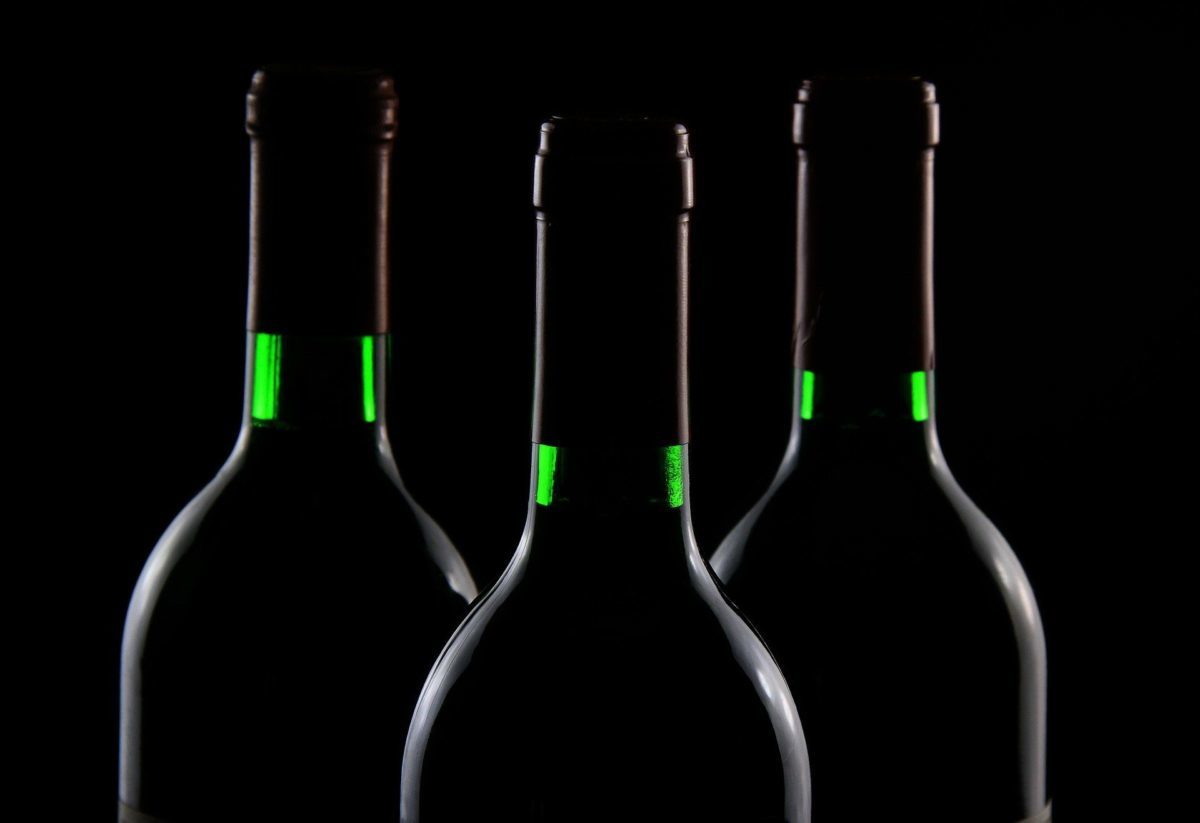Booming food from the home delivery or delivered, especially after the pandemic that we continue to live, there is a business model that breaks through. The one with the ghost restaurants. Although they are not new, since they already began to know each other about three years ago in Spain, it is in this context that their momentum continues to grow. But do they suppose a threat for owners of traditional catering establishments or a opportunity for them also in this difficult economic situation? Below we analyze it with some examples because it could be a trend to revolutionize the sector.
How is this model and how does it work?
Taking full advantage of the increase in food orders to be enjoyed at home, this model began to emerge that focuses exclusively in that service. Called ghost restaurants because they are invisible, they do not exist with their premises open to the public, their shop window, their rooms, their tables, their bar, and so on. Come on, in short, they are not catering establishments as we have always seen them in cities. All they have are kitchens to prepare the dishes on the menu. Therefore, the business is reduced to a few square meters in premises that are rented to carry out this work.

This model can work only with cooks and delivery men of the different platforms delivered popular like Glovo, Just Eat, Deliveroo or Uber Eats. Precisely the founder of that last firm, also destined to the transport of passengers in competition with taxis, Travis Kalanick, is behind a startup of ghost kitchen. It is already leaving its mark in cities like Barcelona or Madrid with their kitchens installed at specific points. Some are generating a lot of controversy, as we explain in the following paragraphs. Because this type of business brings with it certain problems.
All the ghost kitchen in central neighborhoods
Among the characteristics of these ghost restaurants we found that they can work even until the wee hours of the morning, since they do not have open business premises as such and some kitchens are located in downtown areas, along with other buildings that surround them on all four sides. It is the case of ghost or dark kitchen that, currently, have been built in the Madrid neighborhood of Prosperity. 38 kitchens in an interior courtyard of a whole block of buildings that make up a block between four streets.
The district of Chamartín it welcomes that hive that has several inconveniences for the neighbors. From the constants fumes and odors emitted by the huge industrial chimney built up to the noises of the extractors of each kitchen or also the frequent transfer of motorcycles of the delivery men who come to collect the orders. The people who live on those floors complain about all those frequent annoyances while the businesses that operate there serve a few 6.000 meals a day.

For its part, in the city of Barcelona, there is a construction of macrococina next to the Mercat de Sant Marti, although there are several more examples in other neighborhoods both in the Spanish capital and the city of Barcelona. In Seville or Malaga There are also businesses that are growing with this model.
Advantages of ghost restaurants
And is that the and advantages of those ghost restaurants, in addition to the possibility of providing service in areas closer to the homes of consumers, pass through the economic savings. Not only are they taking advantage of the growing boom in door-to-door customers, they also need a much lower investment to put it into operation. They hardly require a few square meters for the kitchen, which are rented even to specialized groups already offering these spaces (see Ghost kitchen Madrid).
Then, you have to add the cost of the chefs salary -which cannot be too many either because the workplace is smaller than large- the purchase of cooking appliances and ingredients of the food. Finally, whatever the RIDERS. In little else you have to invest, although you could talk about certain advertising, having your own website or other minor expenses. In general, only in the cost of setting up the business can save about € 10.000. No licenses or construction or construction projects or even furniture. All the usual in a traditional restaurant.
See this post on Instagram
Thanks to these advantages, could it be a attractive model for hoteliers Spaniards in difficulties now to generate income in their place of a lifetime? Is it a good alternative for reinvent yourself and get out of this economic doldrums? Or, on the contrary, are they a threat to those restaurant owners who receive fewer customers on their premises while the owners of invisible kitchens squeeze the delivered achieving a large turnover?
The key is whether this model will revolutionize the restoration or if customers will prefer after the pandemic to go to the physical establishments and they will ask for less from home. Without a doubt, the dining experience is a bit different. But the ghost restaurants they are an economic opportunity and well received by the public, for now.






